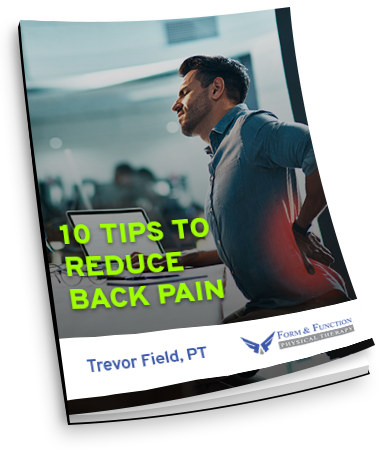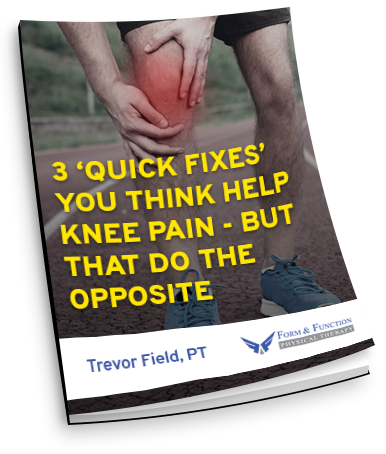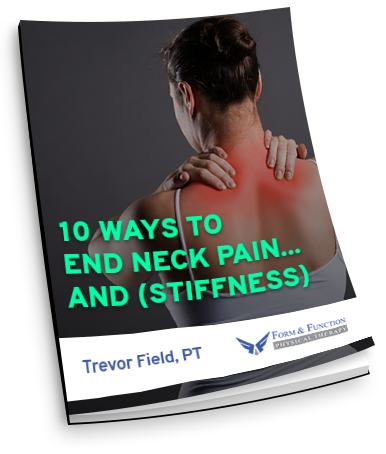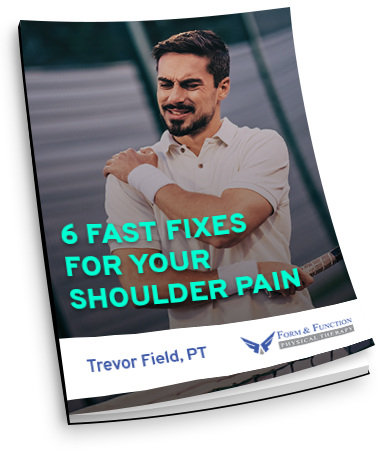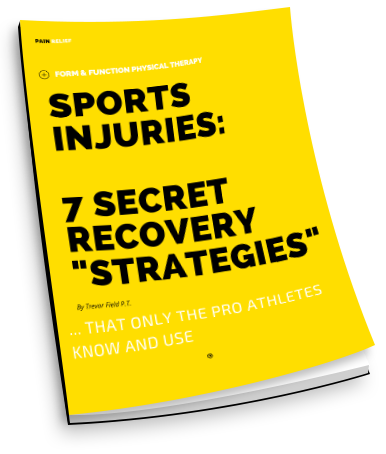The answer to this question is not just a simple yes or no. We must first understand some of the factors that need to be considered when talking about the causes of ACL injuries.
Factors Influencing ACL Injury Incidence
Body Factors |
Environmental Factors |
Biomechanical Factors |
|---|---|---|
| Age | Playing surface | Footwear |
| Gender | Field Conditions | Physical demand (type of sport/activity) |
| Physical composition | Weather | Conditioning/ Neuromuscular coordination |
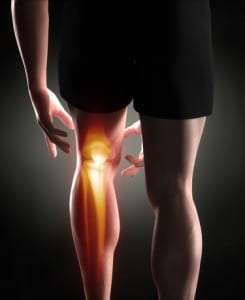
So the answer is no?
Not exactly. It has been reported that only approximately 30% of ACL injuries are from direct contact.2 The majority of non-contact injuries are from slowing down to change direction, and landing from a jump. So the classic example of this is soccer. Due of the aggressive change of direction that occurs throughout the match, there are high numbers of ACL injuries. It is not limited to soccer, however, as many sports, and activities require these movements.
It doesn’t seem like many of these factors are changeable. It’s true. You can’t fight father time, and even though doctors can perform gender re-assignment surgeries, they can’t change your genes. You may have to play on a beat up field, in the rain, but there are critical factors that are completely changeable, and they are your conditioning and neuromuscular coordination.
In a two-year study conducted by the Santa Monica Orthopaedic and Sports Medicine Research Foundation, it was shown that there was an 88% decrease in ACL injuries in the first year, and a 74% decrease in these injuries in year two. Their primary focus was only in the training of neuromuscular coordination. So while you may not be able to prevent every ACL injury, with the proper training in neuromuscular coordination, you can significantly lower your risk.
Trevor Field is a physical therapist in Rancho Cucamonga, California, specializing in treatment of adolescent athletes, and has developed programs for ACL injury prevention, and sports performance enhancement. To learn more, go to www.formfunctionpt.com
1. Renstrom et al. Br J Sports Med. 2008; 42:394-412
2. Boden et al. Orthopedics. Jun; 23(6);573-8. 2000

